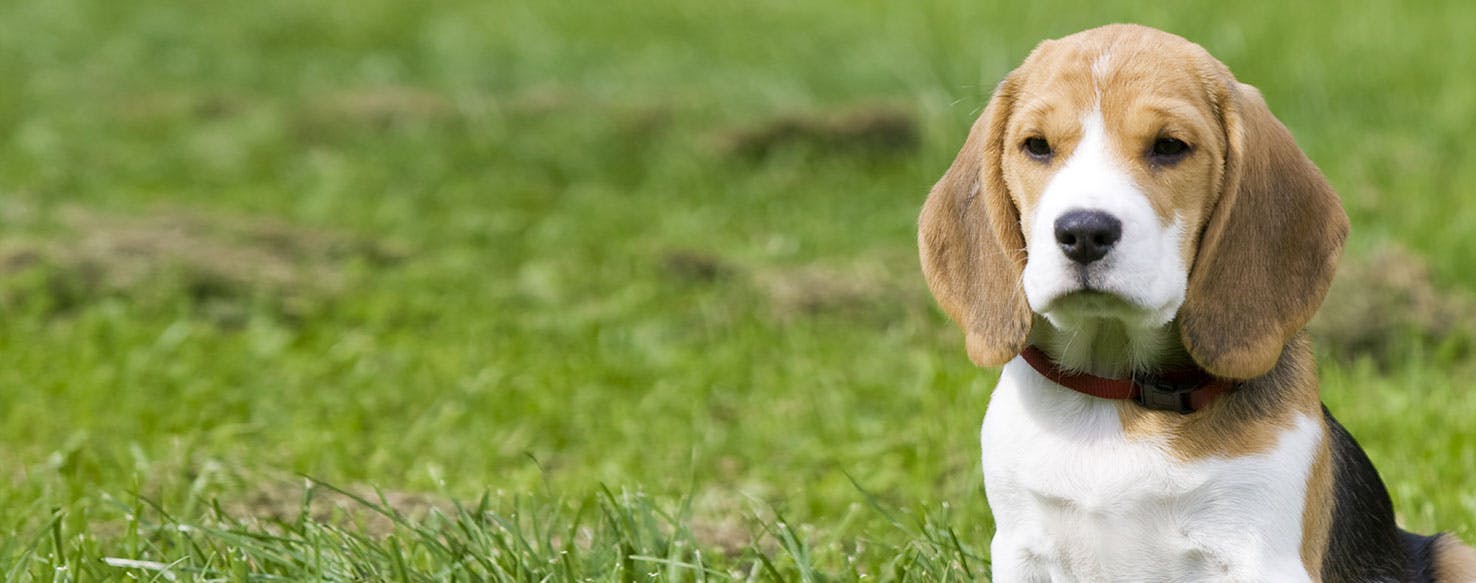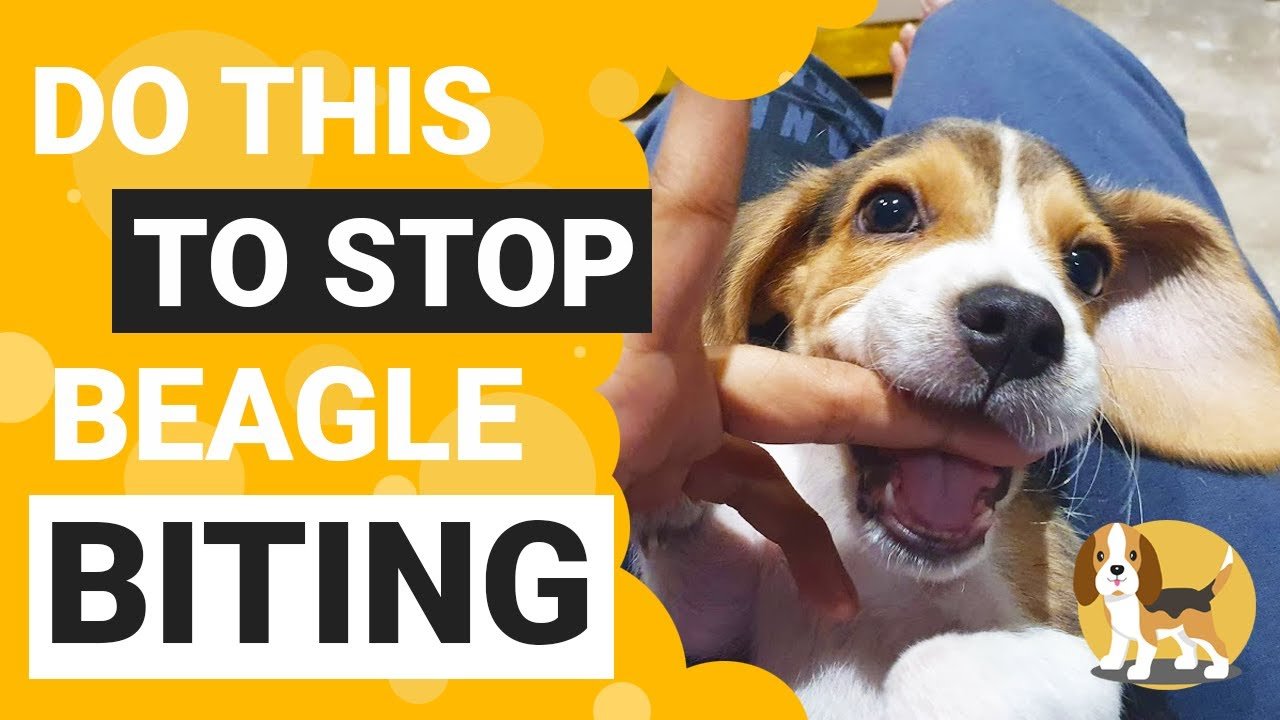Beagles, known for their friendly and sociable nature, are a popular choice for many families. However, there is a lingering question: do beagle dogs bite? It may come as a surprise to some, but like any other dog breed, beagles have the potential to bite. Understanding the factors that contribute to this behavior is essential for responsible pet ownership and ensuring the safety of both humans and dogs.
When it comes to the question of do beagle dogs bite, it is important to consider their history and temperament. Beagles were originally bred as hunting dogs, and their strong prey drive and instincts may contribute to their tendency to nip or bite. However, it’s crucial to note that with proper training, socialization, and positive reinforcement, beagles can be well-behaved and non-aggressive companions. It’s essential for beagle owners to invest time and effort into training their dogs to prevent any potential biting incidents and to establish a strong bond based on trust and mutual respect.
Beagles are generally friendly and gentle dogs. However, like any dog, they have the potential to bite if they feel threatened, scared, or provoked. It’s important to socialize and train your beagle from a young age to minimize the risk of aggressive behavior. Teach them proper behavior and use positive reinforcement to establish boundaries. Additionally, always supervise interactions between beagles and children to ensure safety for everyone involved. Remember, responsible pet ownership and proper training can help prevent biting incidents.

The Beagle’s Nature and Behavior
Beagles are known for their friendly and outgoing nature. They are social animals and enjoy being part of a family. However, like any dog, beagles have the potential to bite under certain circumstances. It is important to understand their behavior and take appropriate measures to prevent bites. In this article, we will explore the factors that can contribute to beagle bites and ways to prevent them.
Beagles are scent hounds, originally bred for hunting small game. Their keen sense of smell and strong prey drive can sometimes override their normally gentle temperament. When a beagle feels threatened or fearful, it may resort to biting as a means of self-defense or to protect its territory.
Now that we understand the nature and behavior of beagles, let’s delve deeper into the factors that can contribute to beagle bites.
1. Lack of Socialization
Socialization is essential for beagles to develop good behavior and manners. If a beagle is not properly socialized from a young age, it may become fearful or aggressive in unfamiliar situations. This can increase the likelihood of biting. It is important to expose your beagle to a variety of people, animals, and environments to ensure they are comfortable and well-adjusted.
Training classes, visits to dog parks, and regular outings to different places can help socialize your beagle and reduce the risk of bites. Positive reinforcement training methods should be used to teach your beagle appropriate behavior and to build a strong bond of trust between you and your pet.
2. Protective Instincts
Beagles have a natural instinct to protect their families and their territory. This instinct can sometimes lead them to bite if they perceive a threat or intrusion. It is important to understand and respect your beagle’s protective instincts while also teaching them appropriate ways to express their concerns.
Providing your beagle with a safe and secure environment can help alleviate their need to be overly protective. Properly fencing your yard, using baby gates to restrict access to certain areas of the house, and teaching your beagle to maintain boundaries can all help minimize the risk of bites.
3. Fear and Anxiety
Like any living creature, beagles can experience fear and anxiety. When a beagle feels threatened or scared, they may resort to biting as a form of self-defense. It is important to understand and recognize the signs of fear and anxiety in your beagle to prevent potential biting incidents.
If you notice that your beagle is displaying signs of fear or anxiety, such as cowering, growling, or excessive panting, it is important to address the underlying cause and provide a calm and reassuring environment. Consultation with a professional dog trainer or behaviorist can be helpful in managing fear and anxiety in beagles.
Preventing Beagle Bites
Now that we understand the factors that can contribute to beagle bites, let’s explore some effective ways to prevent them.
1. Early Socialization and Training
Start socializing and training your beagle from a young age. Introduce them to various people, animals, and environments in a positive and rewarding manner. Enroll your beagle in puppy training classes to learn basic commands and develop good behavior. This will help your beagle become well-adjusted and comfortable in different situations, reducing the risk of bites.
2. Positive Reinforcement
Use positive reinforcement techniques, such as rewards and praise, to encourage good behavior in your beagle. Reward them for calm and appropriate behavior, and avoid punishment-based training methods, as they can increase fear and aggression. Positive reinforcement builds a strong bond of trust between you and your beagle, reducing the likelihood of bites.
3. Supervision and Management
Supervise your beagle around children and other pets, especially during the initial introduction phase. Beagles are generally good with children, but it is important to teach both the children and the beagle how to interact safely and respectfully. Ensure that interactions are supervised and that your beagle has a safe space to retreat to if they feel overwhelmed.
4. Recognize and Address Fear and Anxiety
Be observant and attentive to your beagle’s body language and behavior. If you notice signs of fear or anxiety, try to identify the underlying cause and address it appropriately. Consultation with a professional dog trainer or behaviorist can provide guidance and support in managing fear and anxiety in beagles.
Conclusion
While beagles are generally friendly and gentle dogs, it is important to recognize that they have the potential to bite under certain circumstances. Lack of socialization, protective instincts, and fear and anxiety can all contribute to beagle bites. By understanding their behavior, providing early socialization and training, using positive reinforcement, and addressing fear and anxiety, we can effectively prevent beagle bites and ensure a safe and harmonious relationship with our furry companions.
Key Takeaways: Do Beagle Dogs Bite?
Beagles are generally friendly and good-natured dogs, but like any dog, they have the potential to bite if provoked or threatened.
It is important to socialize your Beagle from a young age to minimize the risk of biting behavior.
Beagles have a strong prey drive, so it is crucial to supervise them around small animals or children.
Proper training and positive reinforcement can help prevent biting incidents and promote good behavior in Beagles.
If you notice any signs of aggression or unusual behavior in your Beagle, consult with a professional dog trainer or behaviorist.
Frequently Asked Questions
Here are some commonly asked questions about the behavior of Beagle dogs when it comes to biting.
1. Do Beagle dogs have a tendency to bite?
Beagle dogs, like any other breed, have the potential to bite. However, they are generally friendly and gentle in nature. It is important to note that the temperament and behavior of individual dogs can vary, so it’s crucial to properly socialize and train your Beagle from a young age to prevent any unwanted biting behaviors.
2. How can I prevent my Beagle dog from biting?
To prevent biting behavior in your Beagle dog, it is essential to focus on proper training and socialization. Start training your Beagle from a young age, teaching them basic obedience commands like “sit,” “stay,” and “leave it.” Socialize your Beagle by exposing them to different people, animals, and environments. Provide them with plenty of mental and physical stimulation through activities such as interactive toys and daily exercise. Positive reinforcement training methods, using rewards and praise, are highly effective in preventing biting tendencies in Beagles.
3. Are there any specific triggers that may make a Beagle dog bite?
While Beagle dogs are generally friendly, there are certain situations or triggers that may provoke them to bite. These can include fear, pain, protecting their territory or resources, feeling threatened, or being startled. It’s important to observe your Beagle’s body language and behavior to identify any signs of discomfort or anxiety, and to address the underlying cause to prevent biting incidents.
4. What should I do if my Beagle dog bites someone?
If your Beagle dog bites someone, it’s essential to take immediate action. First, ensure the safety of the person who was bitten by separating them from the dog. Clean the wound thoroughly and seek medical attention if necessary. It is important to report the incident to the appropriate authorities, such as animal control, as they may require you to provide information or take certain steps regarding the incident. It is also recommended to consult with a professional dog trainer or behaviorist to address any underlying behavioral issues to prevent future biting incidents.
5. Can I trust a Beagle dog around children?
Beagles are generally good with children and can be a great family companion. However, it is important to supervise any interactions between a Beagle dog and children. Teach children how to properly approach, pet, and interact with dogs, and always monitor their interactions to prevent any rough play or accidental harm. Despite their generally tolerant nature, no dog should be left alone unsupervised with young children, as accidents can happen. Proper training, socialization, and supervision are key to maintaining a safe and harmonious relationship between a Beagle dog and children.

How to Train your Beagle Puppy to Stop Biting
In summary, beagle dogs have the potential to bite, like any other dog breed. However, beagles are generally known for their friendly and gentle nature.
It’s important to remember that all dogs, including beagles, have the capacity to bite if they feel threatened or scared. Proper training, socialization, and responsible ownership are key in preventing dog bites and ensuring a safe and harmonious relationship with your beagle.
